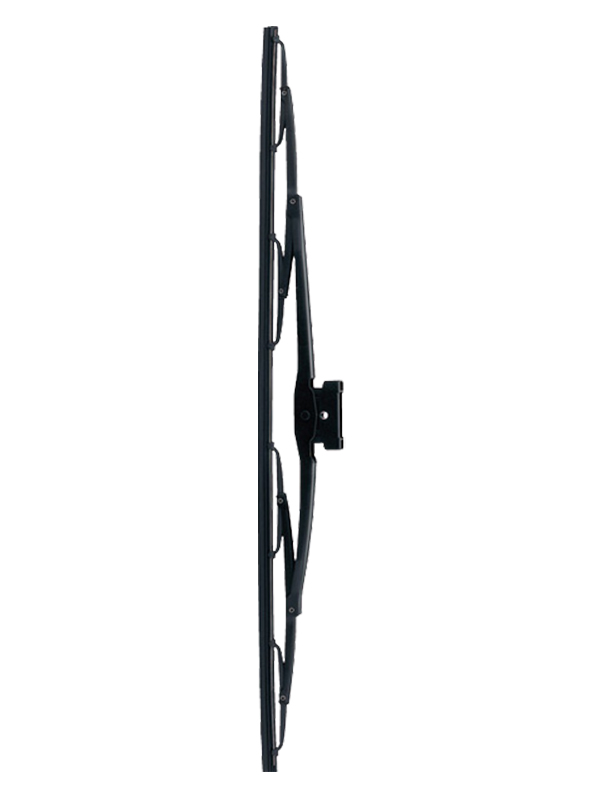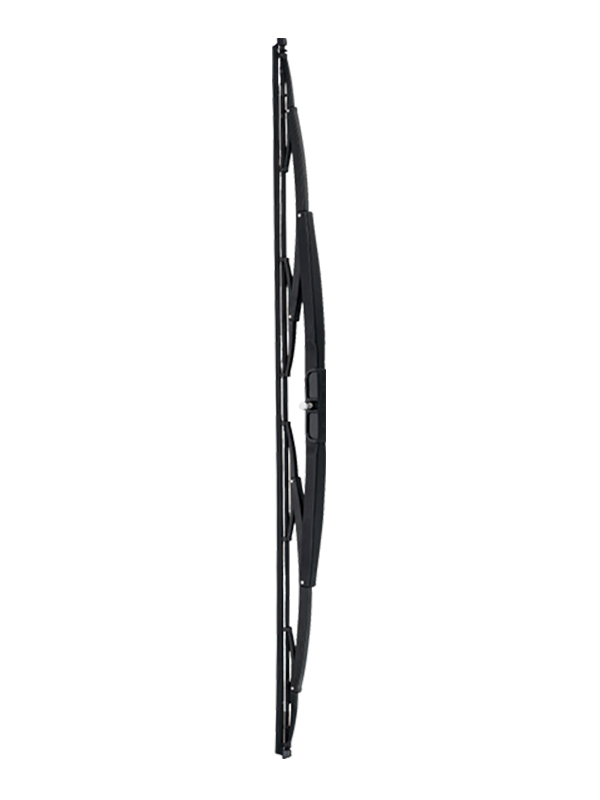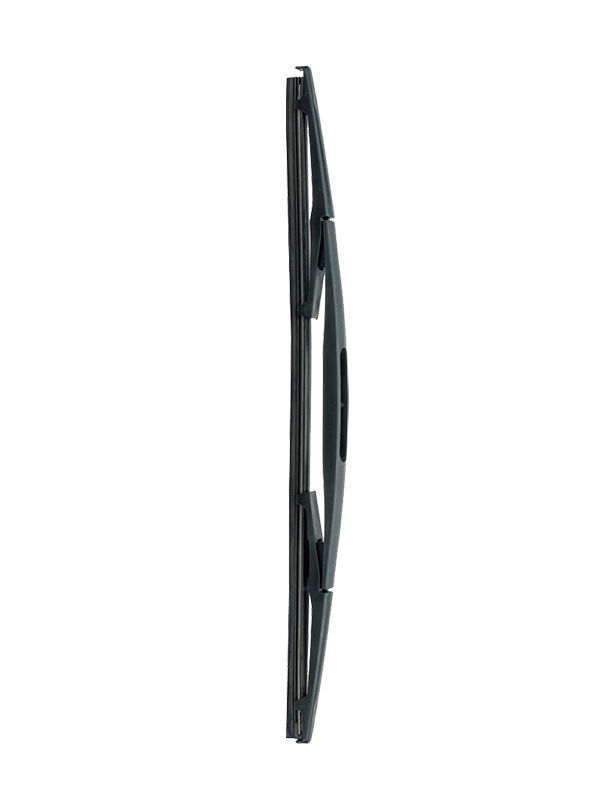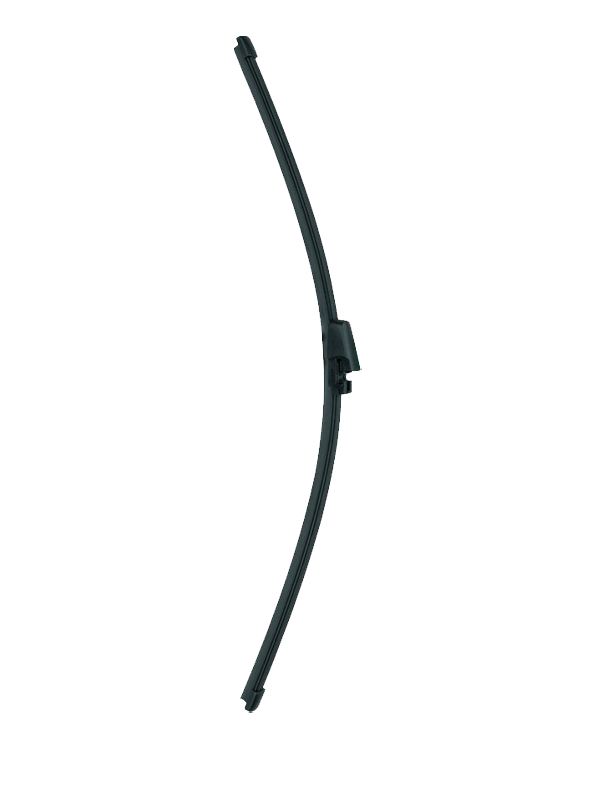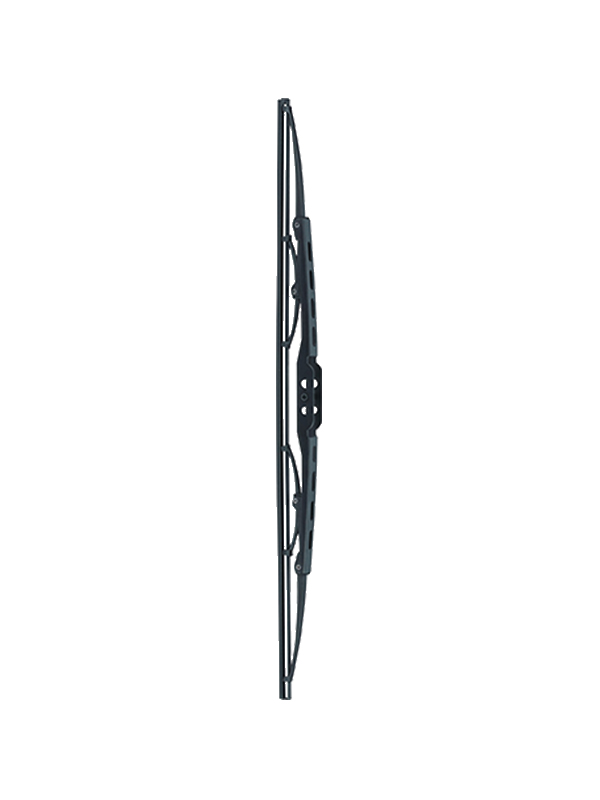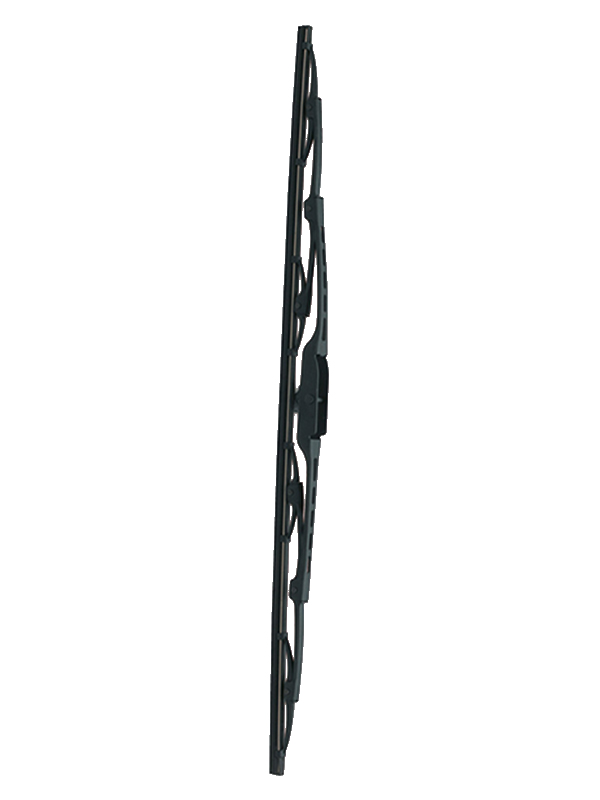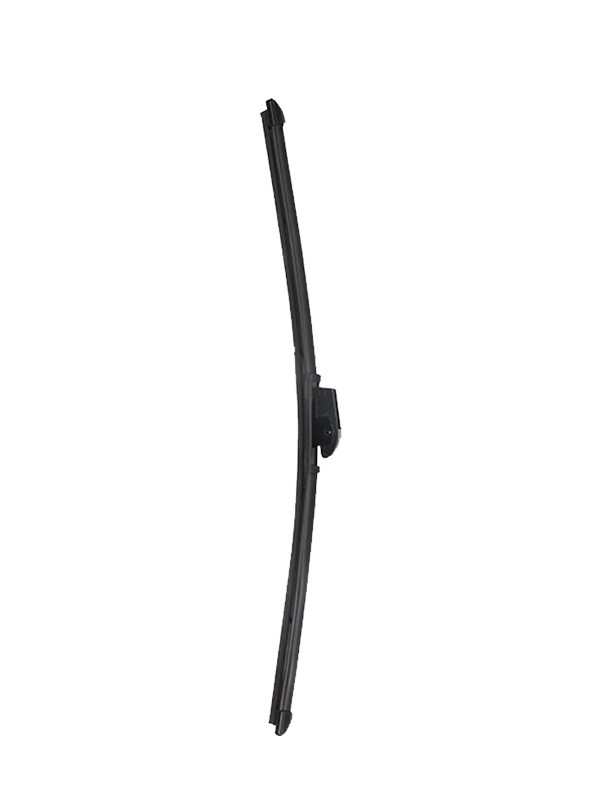Submit feedback
Automobile wiper arm material innovation: How to improve corrosion resistance of stainless steel alloys?

Corrosion resistance mechanism and material characteristics of stainless steel alloys
The key reason why stainless steel alloys can significantly improve the corrosion resistance of wiper arm is its unique material composition and microstructure. This type of alloy usually contains more than 10.5% chromium element, and can spontaneously form a dense chromium oxide protective film on the surface. This protective film has self-healing properties and can quickly reform in the presence of oxygen even when mechanical damage is caused, thereby continuously protecting the matrix material from corrosion. Compared with traditional carbon steel, this passive film of stainless steel alloy improves its corrosion resistance by dozens of times.
In terms of alloy element ratio, modern stainless steel materials used in wiper arm are often added with key elements such as molybdenum and nickel. The addition of molybdenum significantly enhances the material's resistance to pitting in chlorine-containing environments (such as snow melting agent pavement); nickel improves the ductility and formability of the alloy, allowing wiper arms to withstand more complex stress conditions. By precisely controlling the content of these alloy elements and heat treatment processes, material engineers can develop a series of stainless steel alloys with gradient properties in response to the use needs under different climatic conditions.
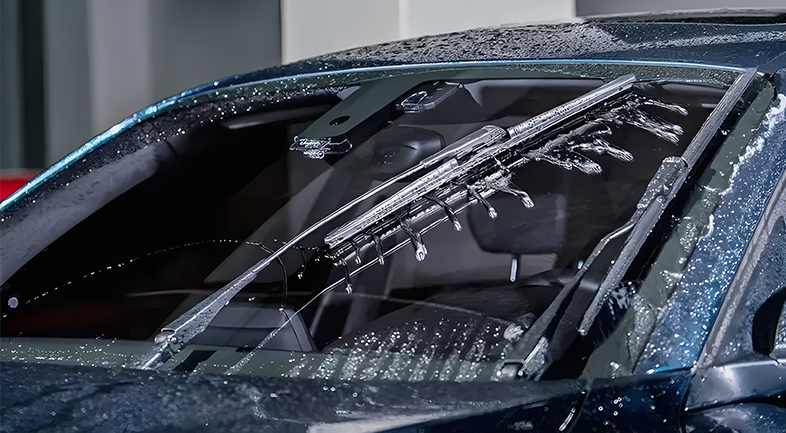
Manufacturing process innovation and structural performance optimization
The application of stainless steel alloys in wiper arm manufacturing is not a simple material replacement, but requires supporting process innovation. Traditional stamping and forming processes face challenges in the face of high-strength stainless steel, and new thermoforming technologies have been developed for this purpose. This process performs molding under precisely controlled temperature conditions, which not only maintains the high strength characteristics of the material, but also avoids the brittleness problems caused by cold hardening. Through computer simulations to optimize process parameters, manufacturers are able to ensure that each wiper arm part has consistent mechanical properties and dimensional accuracy.
Advances in surface treatment technology have further enhanced the durability of stainless steel wiper arm. Microarc oxidation technology generates a ceramicized protective layer on the surface of the material, making a qualitative leap in wear resistance; the ion implantation process can significantly improve surface hardness and corrosion resistance without changing the size of the part. These advanced surface engineering technologies complement the inherent advantages of traditional stainless steel, creating new wiper arm products with ultra-long service life. In the treatment of the connection parts, precision processes such as laser welding ensure the integrity of the structure and corrosion resistance.
Environmental adaptability and long-term performance
The outstanding performance of stainless steel alloy wiper arm in various harsh environments is its greatest market competitiveness. In the high-salt air in coastal areas, traditional carbon steel wiper arms may experience significant rust within months, while stainless steel products can remain intact for many years. This increase in weather resistance directly extends the replacement cycle of parts and saves car owners long-term use costs. In areas where snow melting agents are used in winter, stainless steel materials are also excellent in their resistance to chemical corrosion, avoiding performance degradation caused by corrosion.
Temperature adaptability is another important advantage. High-quality stainless steel alloys can maintain stable mechanical properties over a wide temperature range of -40℃ to 120℃, and will not experience low-temperature embrittlement or high-temperature softening. This feature ensures that the wiper arms can still work reliably in extreme climate conditions, greatly improving driving safety. Material fatigue tests show that stainless steel wiper arms can maintain structural integrity after experiencing hundreds of thousands of cycles of loads, far exceeding the service life standards of ordinary products on the market.
Cost-benefit analysis and market prospects
Although the initial manufacturing cost of stainless steel alloy wiper arm is higher than that of traditional products, it has obvious advantages from the analysis of full life cycle cost. Extending the service life several times means less replacement frequency and repair costs; reducing performance degradation due to corrosion also reduces the potential risks brought about by driving safety hazards. With the maturity of manufacturing processes and the emergence of scale effects, the price competitiveness of stainless steel wiper arms is continuing to improve, accelerating the market popularity process.
Judging from the global market trends, consumers' requirements for the durability and reliability of automotive parts are constantly increasing, which creates broad development space for high-performance stainless steel wiper arms. The rapid development of electric vehicles has also injected new impetus into this market, as electric vehicle owners are often more concerned about long-term use costs and sustainability. Materials scientists are developing a new generation of high-nitrogen stainless steel to further reduce weight while maintaining excellent corrosion resistance to meet the development needs of automobile lightweight.
The application of stainless steel alloys in the manufacturing of wiper arm represents an important advance in the materials science of automotive parts. Through carefully designed alloy composition, innovative manufacturing processes and advanced surface treatment technology, modern wiper arm products have achieved a qualitative leap in corrosion resistance. This innovation not only improves the reliability and service life of the product, but also sets new performance standards for the entire automotive parts industry. With the continuous development of material technology and the continuous optimization of manufacturing processes, stainless steel wiper arms are expected to become the standard configuration for future cars, providing global car owners with a safer and more durable driving experience.


 English
English  中文简体
中文简体 

